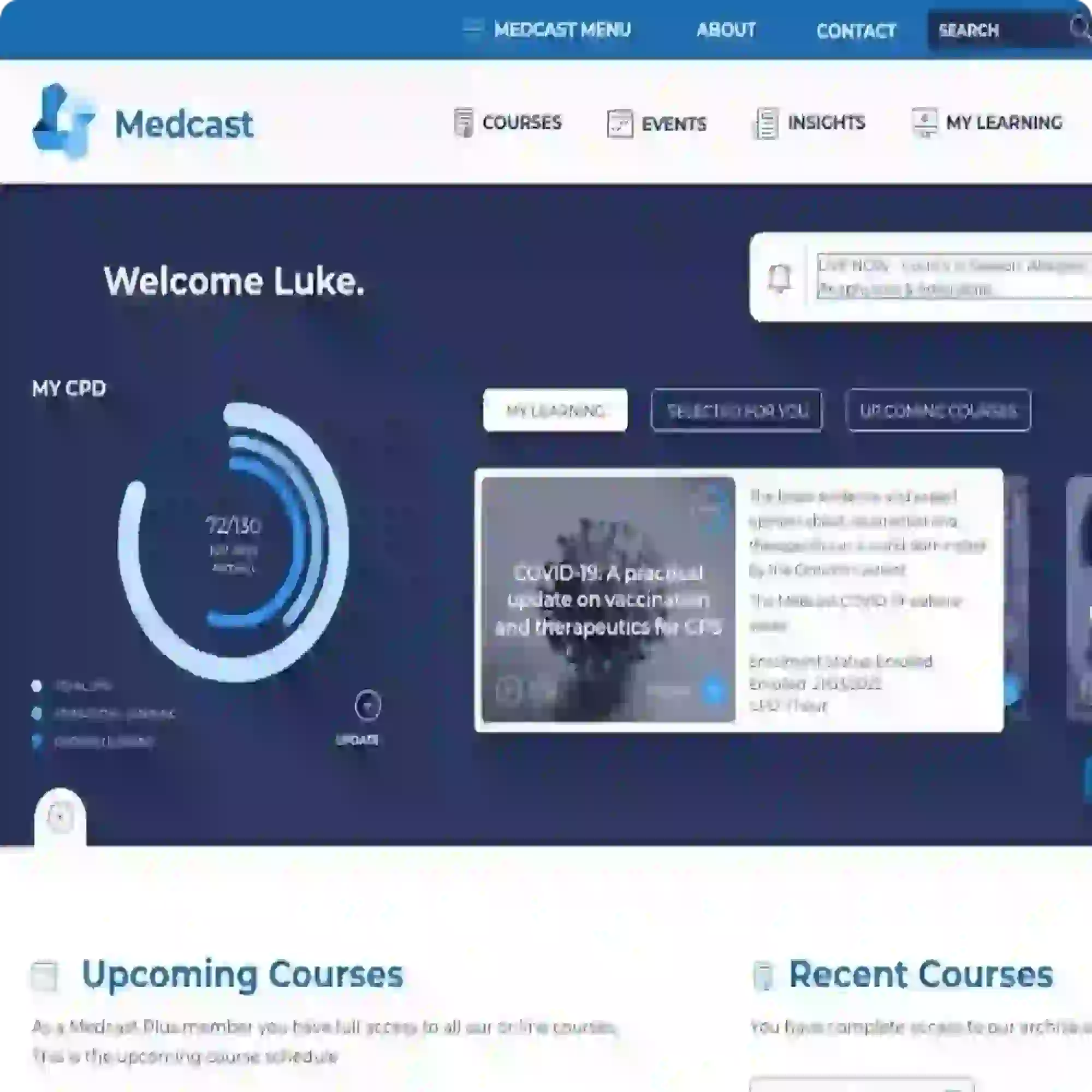Health Professionals and their use of Internet Interventions with Patients
In a survey of health professionals conducted by the National eTherapy Centre, 70% of health professionals surveyed were using internet interventions with patients, but this was focused on referring clients to self-help and educational web-based interventions. The health professionals surveyed reported that benefits of internet interventions included that they were a useful adjunct to face-to-face sessions, encouraging patients to develop self-management skills and reaching clients who might not otherwise engage in therapy.
Health professionals can also provide guidance to patients while they complete internet interventions. For example, a research trial of a 12-week internet intervention for panic disorder (Panic Online) found that both patients who received the program with email support from a psychologist and patients that received the program with face-to-face support from a GP showed clinical significant improvements in panic and panic-related symptoms. The GPs involved with the trial had received training in cognitive behaviour therapy through the Better Outcomes in Mental Health Care initiative.
The internet can also be used to provide training to health professionals to help them with their work with patients. For example, Swinburne University of Technology offers training in online therapy and cognitive behaviour therapy to Australian postgraduate psychology students.

Gerhard is a full professor of Clinical Psychology at Linköping University, Sweden since 2003, an
d affiliated researcher at the Karolinska Institute, Sweden. Professor Andersson is an internationally recognized researcher in the field of CBT delivered through information and communication technology, as well as the author of the book “The Internet and CBT: a clinical guide”.
UPDATED
The PTSD Program for people with Post Traumatic Stress Disorder.
Do you know anyone who has difficulty motivating themselves to exercise? I think we all know people who get too depressed to exercise or too anxious to leave the house. But there are other people who, despite a lack of “diagnosis”, find exercise hugely difficult to contemplate.
As someone who has practiced medicine for almost four decades I have had the opportunity to observe firsthand the upsurge in the use of opioid pain killers in non-cancer pain.

